Trends may come and go, but in the beverage industry, they can make or break a business.
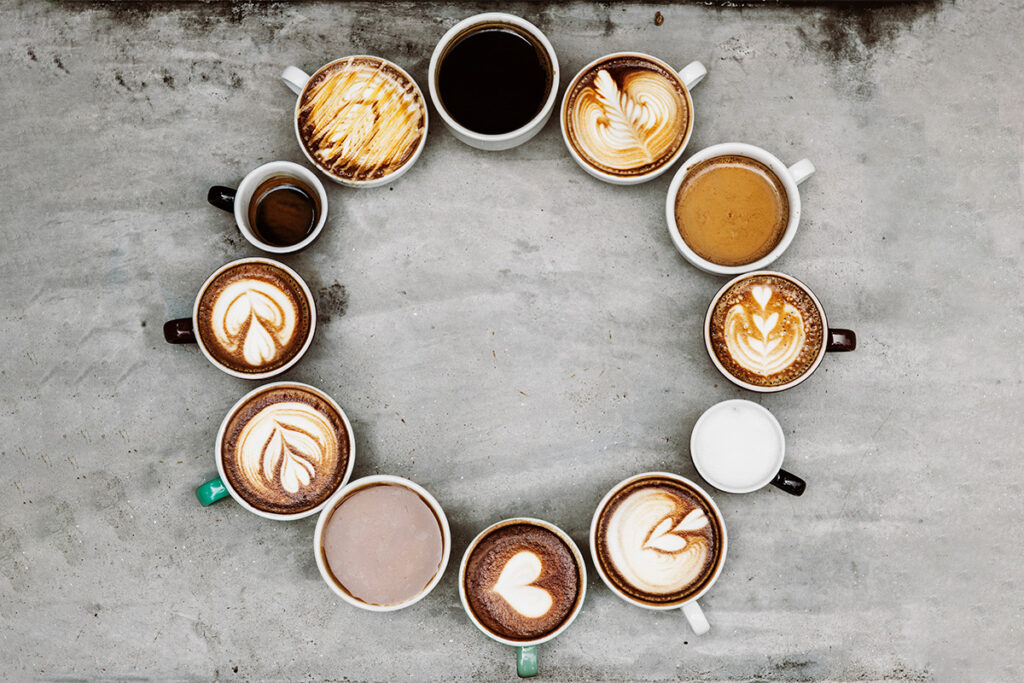
As consumers’ tastes change, menus and marketing need to evolve and keep pace. With that in mind, here are eight trends Canterbury’s coffee and beverage experts are watching this year—and what you need to know to make the most of them as a buyer, barista or coffee-shop owner.
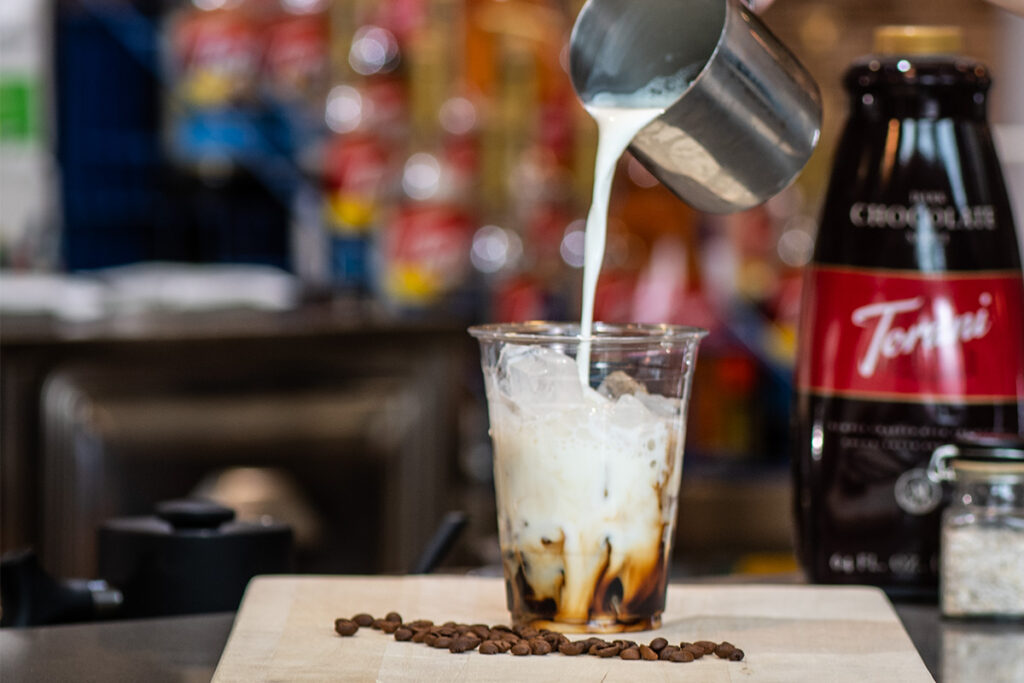
1. Feeling the chill
Get used to the sound of ice cubes rattling around an extra-tall cup, because this is going to be the year of cold coffee. In the U.S. alone, consumption of cold coffee increased by more than 50% in 2021, surpassing normal seasonal levels, and the trend continued in 2022, according to Canterbury’s coffee experts. And no matter the weather, customers want their coffee on ice, meaning they’re now seeking out cold offerings year-round, from conventional cold pour-over to nitro coffee, frappes and fancy blended iced drinks.
Where once café guests had to specify if they wanted their coffee cold, hot is no longer the default. That’s how much impact the under-30 generation has had on our industry.
Under-30 customers are driving this change, says Canterbury Business Development Manager Heather Neufeld.“It’s almost entirely younger coffee drinkers entering from the cold side—versus everybody over 35, who first encountered coffee as a hot beverage,” she says. Where once café guests had to specify if they wanted their coffee cold, hot is no longer the default. “That’s how much impact the under-30 generation has had on our industry: it’s not a given that your drink is going to be hot.”
What does this mean for business owners? “From a practical standpoint, operators should be offering cold drinks in larger sizes; 16 to 20-ounce cups, versus smaller sizes,” says Neufeld. “Keep in mind, an eight-ounce hot coffee and an eight-ounce iced coffee won’t be the same size because of the ice displacement. And often cold drinks have things like foam or whipped cream on top that also take up space.” Cold is a great trend for vendors overall, she adds, because “nobody is drinking cold drinks plain.” They’re packing them with flavour, add-ons, and toppings.
Canterbury Training Manager Lenka Bohorova advises her clients to keep healthy stores of cold-coffee supplies on hand, including cups, ice and flavoured syrups, plus beans in blends and roasts that hold up well in different types of cold beverages.
“For iced lattes and Americanos, you really need a stronger espresso, between a medium and a dark roast. I always go to our Fairtrade Organic Cloudburst Blend, or possibly Harvest Blend,” says Bohorova. Her top cold-brewing method—steeping fresh-ground beans in water overnight and straining in the morning—works with almost any bean, but her favourite is Canterbury’s Mountainside Blend. “When you strain it, you wind up with a really nice earthy, chocolately-flavoured coffee,” she says.
Trend essentials: Canterbury Roastery Cloudburst, Harvest and Mountainside Blends, Acacia Tree Cold Brew Concentrate, Cold Beverage Cups and Lids
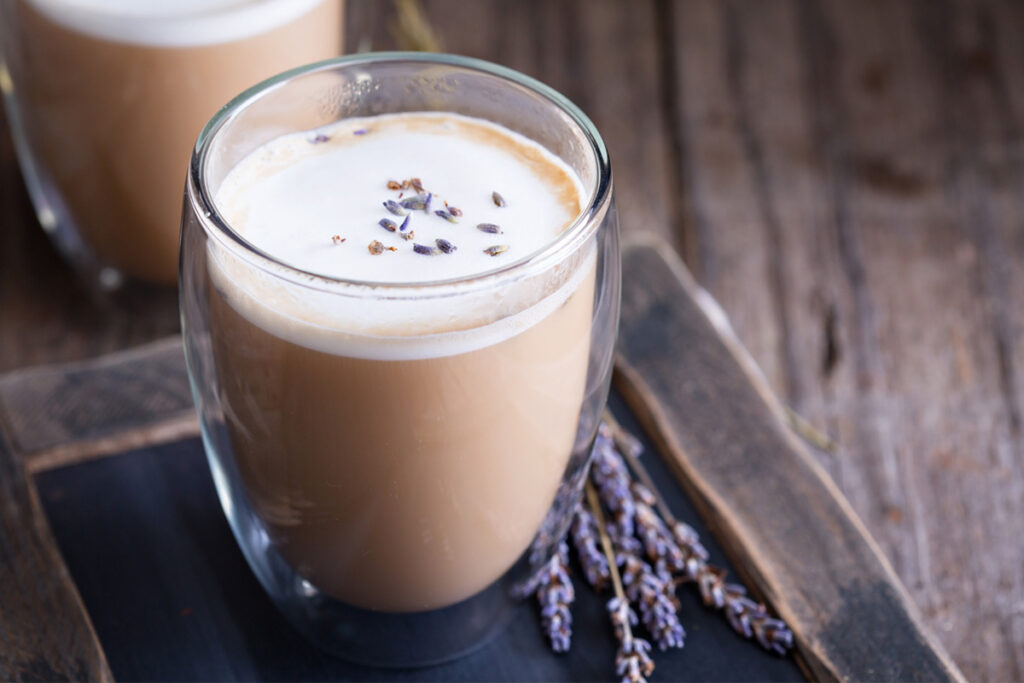
2. Comfort with a twist
When times are tough, we all crave small comforts. Coming out of the pandemic, experts say consumers are feeling a kind of duality, yearning for the security that comfort foods and flavours provide, while also desiring new experiences after such a long period of restriction.
How does this manifest in the coffee world? Think traditional beverages with a little something extra. An Americano topped off with sparkling water instead of still (yes, fizzy coffee—more on that below). An iced coffee accented with a dollop of minted cold foam. A cozy cappuccino swirled with lavender syrup. Menu developers can get creative with “twisted traditional” offerings, or give the customer a selection of fun ways to upgrade their favourite comfort beverage.
Shelf-stable syrups are a great way for operators to plug into this trend, says Neufeld. “You can stock six or eight and they’re not going to go bad; then you can offer a huge range of different drinks based on that. You can create a lavender mocha, a salted caramel mocha, an ube mocha—all kinds of creative and exciting offerings for your guests that are functionally the same to prepare.”
And don’t be afraid to try unexpected combinations, she adds. “One of the great products we have for this is our Dr. Smoothie 100% Fruit Smoothies. They’re wildly combinable with other products, because it’s just a really concentrated real fruit base. When you start adding that stuff into a cream-based frappé . . . you now have a strawberries-and-cream frappé. And suddenly it’s the best-tasting strawberry and cream thing you’ve ever had in your life. Again, it’s about finding multiple uses and ways to expand your menu without expanding your pantry.”
Trend essentials: Torani Syrups, Dr. Smoothie Fruit Smoothies, Strawberry & Cream Frappe
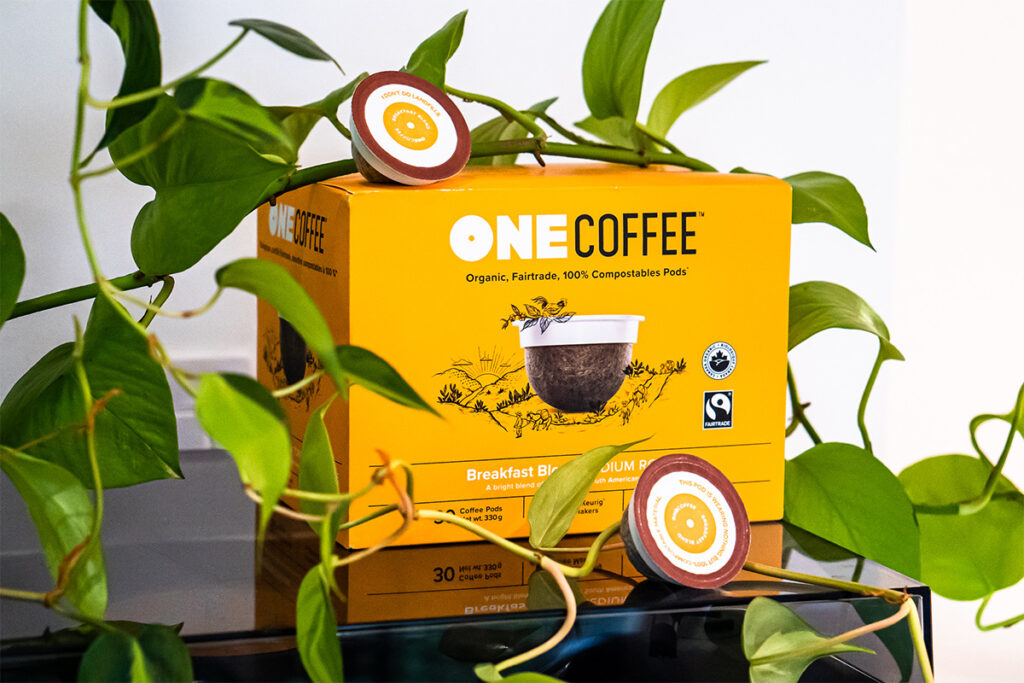
3. Sustainable products
This continues to be not just a trend, but a movement, with climate-aware guests seeking out sustainable products and options, including compostable, reusable, and returnable items.
According to one recent survey, one in three customers prefer eco-friendly packaging options, and more than a third say they would choose it over a cheaper, less sustainable option. This includes takeaway cups, lids, sleeves, stir sticks, single-serve coffee pods, and more.
Trend essentials: OneCoffee Single Serve Coffee pods, Wood Stir Sticks and Paper Straws
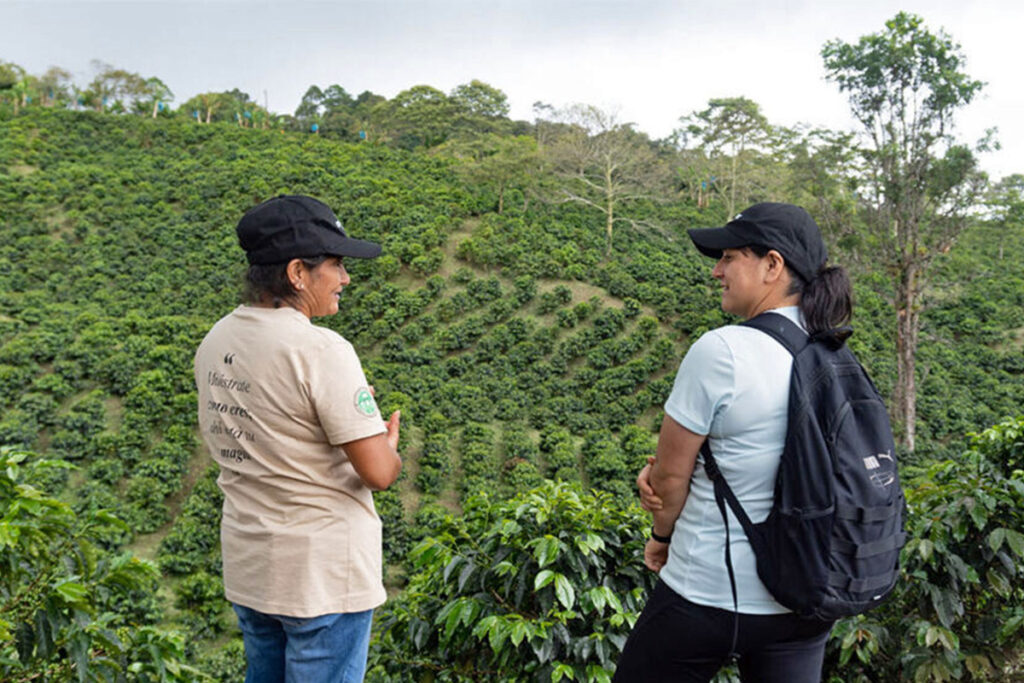
4. Origin stories
More and more guests are approaching coffee as a holistic experience. They want to know where their products come from, down to the farm and region where beans are produced, and the roaster who blended it all together with creative flair.
If you want to tell a story with your coffee, think about representing the world’s main coffee-producing origins in your menu, suggests Bohorova. “Colombia, Mexico, and Guatemala—I think of those as core coffee regions or origins,” she says. “We have a new single-origin coffee from Colombia in our portfolio that is amazing, and our Mexico fairtrade organic has won multiple competitions. And we love our Guatemala coffee so much, every time we do a blind tasting with the Canterbury sales team, they pick that one for best flavour.”
Some origin stories are more compelling than others. For instance, Canterbury has partnered with North American importer RGC Coffee for more than 30 years. As part of this relationship, the company participates in Giving Back programs that connect with and support the people who grow the beans. One example is the Las Rosas Women’s Group in Colombia, founded by a group of female coffee producers dedicated to breaking barriers and pushing for gender equality in the industry. (Read more about the program, and the group’s recent Women in Coffee Conference held in La Plata, Huila, Colombia, held last November.)
Trend essentials: Canterbury Roastery Colombia, Mexico, and Guatemala Single-Origin Fairtrade Organic Coffees
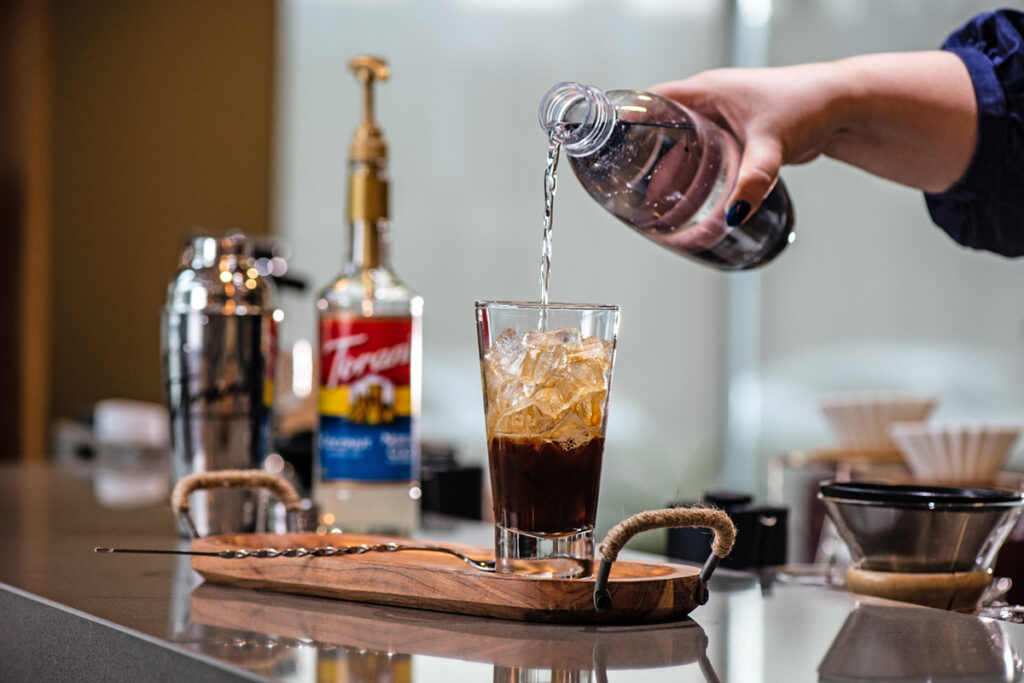
5. Sparkling everything
This year is going to be all about the sparkle, predicts Neufeld, with carbonated coffee and tea beverages fizzing their way onto café and drink menus. Canned coffee seltzers, tonics, and sodas have been popping up in the ready-to-drink market—but operators benefit from preparing them at the counter, too, she adds.
We encourage our operators to brew their own tea for iced-tea beverages, so this is a fairly easy, low-investment way to take it to the next level, and it tastes phenomenal.
“It ties back into that cold coffee trend, but it’s a new way of serving cold coffee,” she says. “We encourage our operators to brew their own tea for iced-tea beverages, so this is a fairly easy, low-investment way to take it to the next level, and it tastes phenomenal.” The trend works well with black, green, and herbal teas, and most coffees. Top fizzy beverages with dashes of flavoured syrups for endless flavour combinations. Or, keep it simple: carbonation alone is great for health-conscious guests, Neufeld notes, because it’s a way to make a beverage feel special and spend-worthy without added sugar.
Trend essentials: Canterbury Roastery Coffee, Two Leaves and a Bud, Four O’Clock & Numi Teas, Torani Syrups
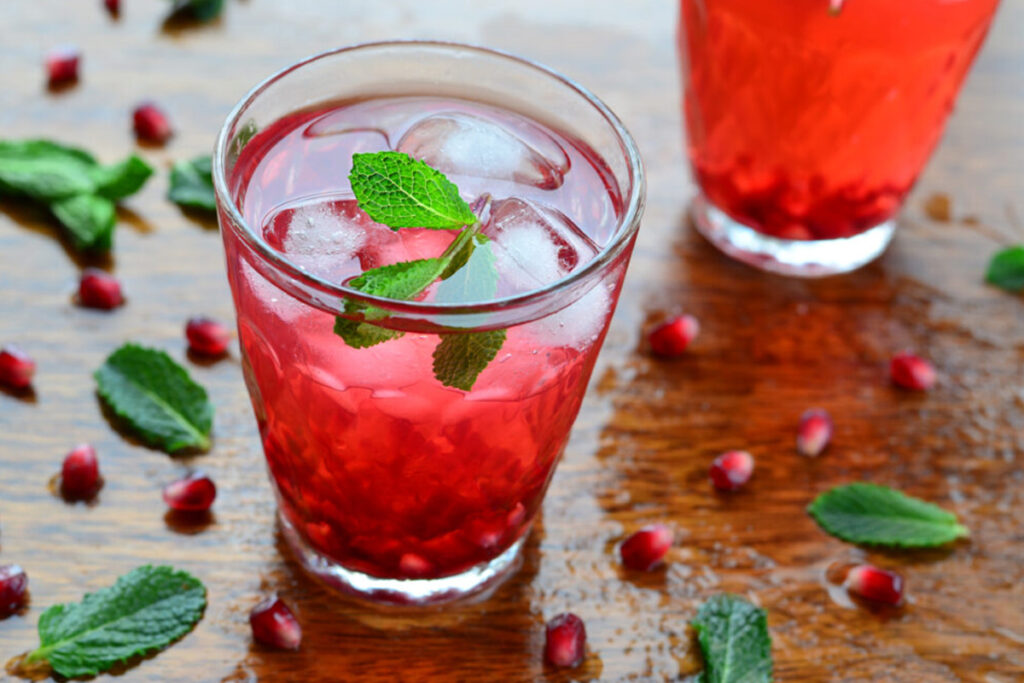
6. Aesthetic presentation
In the age of Instagram, the camera eats (and drinks) first. So, presentation has become all-important. The good news is, coffee drinkers—the young ones, especially—are willing to pay for what catches their eye. As part of one study on consumer perceptions, Australian researchers found most customers will pay more for coffee embellished with art. It could be adorable foam art, fun colours, tinted layers, edible flower garnishes, or funky vessels. The more colourful and post-able it is, the more customers will invest in the experience.
Guest photos are also a form of marketing and buzz-building, says Neufeld, because social media has replaced traditional advertising to such a degree. “Plus, part of making that extra aesthetic effort is that your regulars will want to try the next thing,” says Neufeld. “ It’s about creating a little bit of FOMO with your drinks. When the guy beside you gets a regular vanilla latte, but the girl beside him gets something with a flower on it, or a cookie stuck in it, next time he’s going to think, ‘Oh, I want that,’ and he’s going to pay that 50-cent up-charge.”
Trend essentials: Canterbury Latte Art Classes, Canterbury Drink Recipes
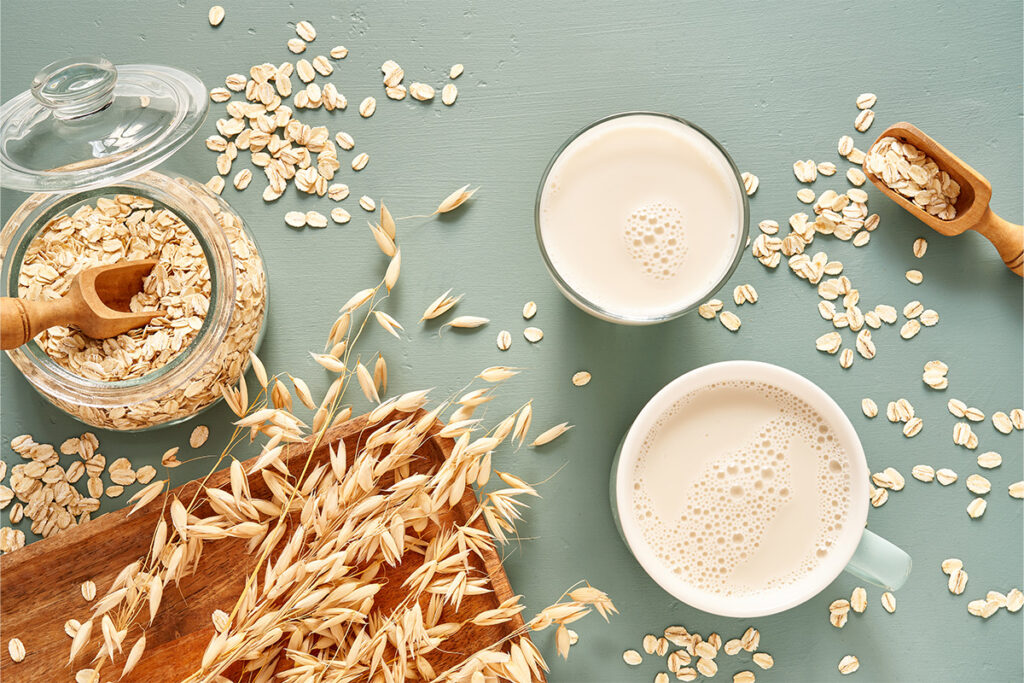
7. Oat milk all the way
Non-dairy milks have been surging in popularity for years, but oat is slowly and surely inching out the competition. Why? Almond and soy leave an aftertaste and are often over-sweetened. Oat, on the other hand, is neutral in flavour and foams beautifully, says Neufeld. “When you talk to coffee people about how alternative milks perform, oat milk is always number one, period,” she adds.
Neufeld points to Blue Bottle Coffee Lab—a U.S. chain that now uses oat milk as the default in all traditionally dairy-centric beverages. If guests want real milk at one of the company’s roughly 100 locations, they now have to specify dairy. “It’s another reflection of the changes in the market that have been going on for a few years, along with oat milk overtaking almond and other non-dairy options,” says Neufeld.
Trend essential: Earth’s Own Original Oat Milk and Barista Blend Oat Milk
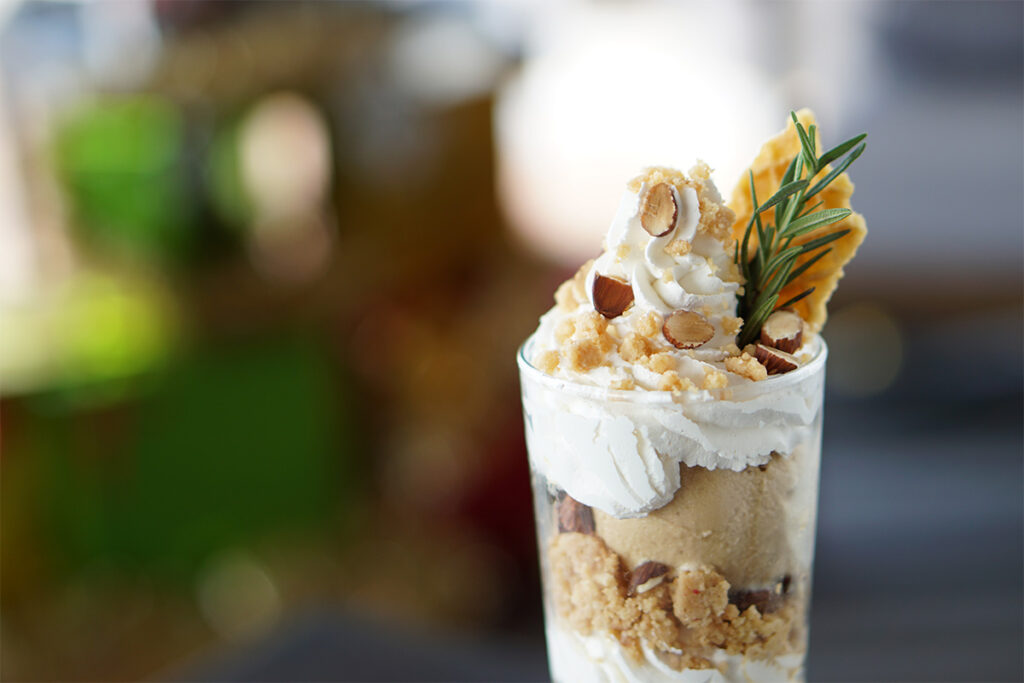
8. Creative customization
The more add-ons and tweaks your guests can make on top of their standard coffee order, the better. This is a great trend for coffee vendors, because the more complex the drink, the higher the value. Piggybacking on the trends covered above, café owners and buyers can set up point-of-sale and other strategies that spur a bigger spend—with beautifully artistic, indulgent, and unexpected creations.
The key here is not leaving it all up to the customer, cautions Neufeld. Instead, come up with creative menu options and regularly change up your boards to inspire. “People want something different, but they don’t always want to come up with the idea,” she says. “That’s why they’re at your shop, not in their house.” If you do it right, you won’t have to triple your pantry supplies, either: “With what you already have, you can make so many drinks—you just need to communicate that. More volume and fewer SKUs is always the dream.”
So when a customer looks at your menu and asks, “Can I get that large double-shot oat latte with an extra shot of espresso, a dash of ube, a squeeze of blueberry, a cookie garnish, and extra vanilla foam?” The answer will be a very truthful: “our pleasure.”
Trend essentials: Torani Syrups, Dr. Smoothie Fruit Smoothies, Cafe Essentials Frappe Mixes


